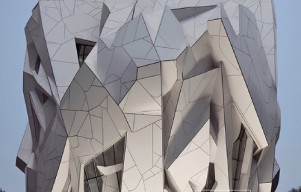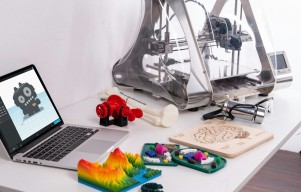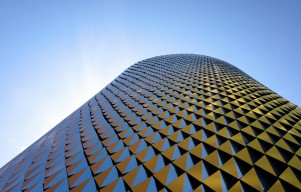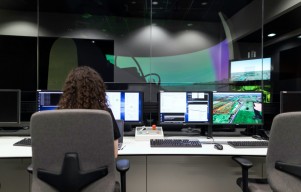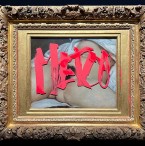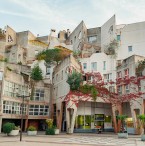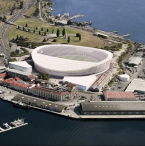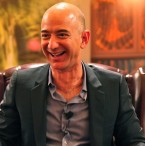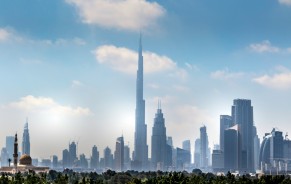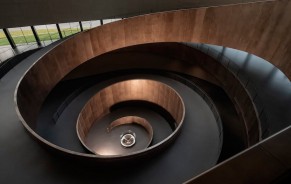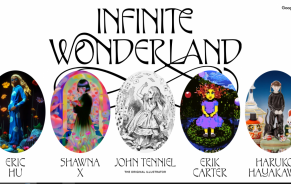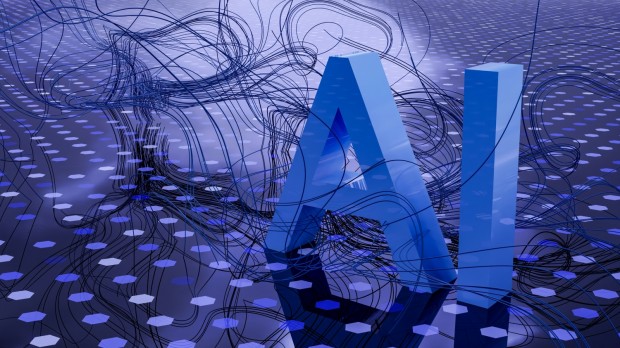
(Photo: unsplash.com/@steve_j)
This is the case with AI; some people owe excitement and criticism to AI in the creative industry. The DALL·E 2, Midjourney, and Lensa, which created images fast, is one of the ensuing issues on whether AI and artistic expression can be embraced.
Embracing AI in Creativity
On the one hand, some people will always see AI as an awesome instrument for creating art in new forms. However, others are more cautious, wondering whether AI could harm the artistic practices that were already introduced. AI tools are increasingly mastering the creation of artistic content, which has put the human versions at risk as the AI capabilities seem invincible.
The Role of Prompts in AI Art
Central to the creation of AI-generated art are prompts, which serve as instructions for AI algorithms to produce desired outcomes. While AI can generate vast amounts of content rapidly, the quality and originality of the output often hinge on humans' formulation of these prompts.
Conversely, famous art critic William Jerry Saltz accuses AI artworks of the nothingness of emotional and visual thinking. He asserts the creativity of AI beyond the mode of recent patterns or options. On the other hand, AI art fans maintain that the very idea of this art expresses the innovative area of artistic expression, moving borders and freeing from old conceptions.
Also Read: Neil Leach Unveils the Era of Alien Architecture: AI's Transformation of Design
Evolution of AI Art
With the help of milestone marks, we can evaluate the development of AI art from the earliest elementary Portrait of Edmond Belamy (2018) to the highly photorealistic works of the latest AIs like DALL·E 2 with us. They also produced a strange shock and perplexity among artists and critics.
Copyright Controversy
AI-made art has aroused debate around intellectual copyright, with Midjourney and DALL E 2 tools screening millions of pictures from the web to train their algorithms on the human brain. The artists, somehow, voice their concerns about the unauthorized use of their works. Therefore, a demand for stronger copyright law and transparency among AI software developers arises.
Navigating the Future of AI Art
While the controversy over AI-based art is growing, these issues will not go away, namely originality, creator's rights, and the ethics behind developing these intelligent tools. On the one hand, AI brings about the next level of animated expression. Consequently, the mystery of artistic creation and imagination remains connected to the presence of the human mind.
The dispute on AI-generated art probably underpins the largest conflict in the creative sphere, involving the tendency to be innovative compared to the prevalence of tradition. Both AI and human beings use AI's massive resources, amplified by its ability to search for patterns, make predictions, and learn new things. As a result, AI unveils new capabilities driven by its capabilities. Hence, this also can challenge fundamental notions of artistic authenticity and originality. With further progress unclear, leave anyone in doubt about AI art, and future discussions on this subject are very much open.
Related Article: How AI Systems Transform Creative Processes for Architects and Designers
